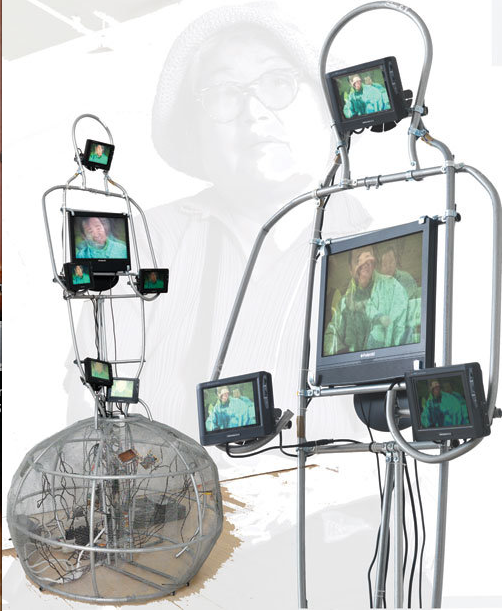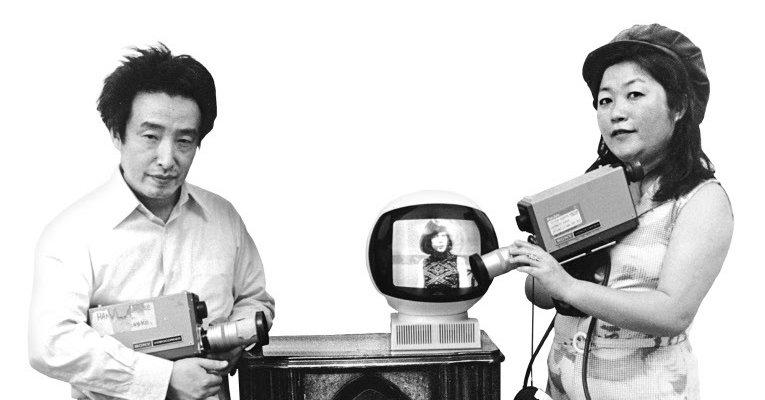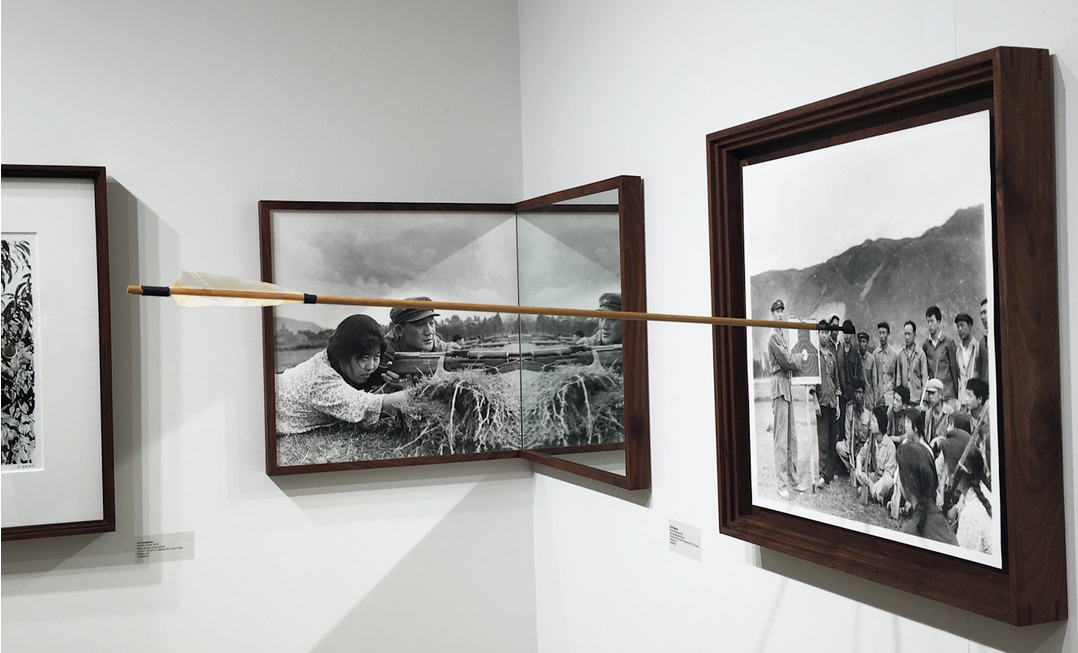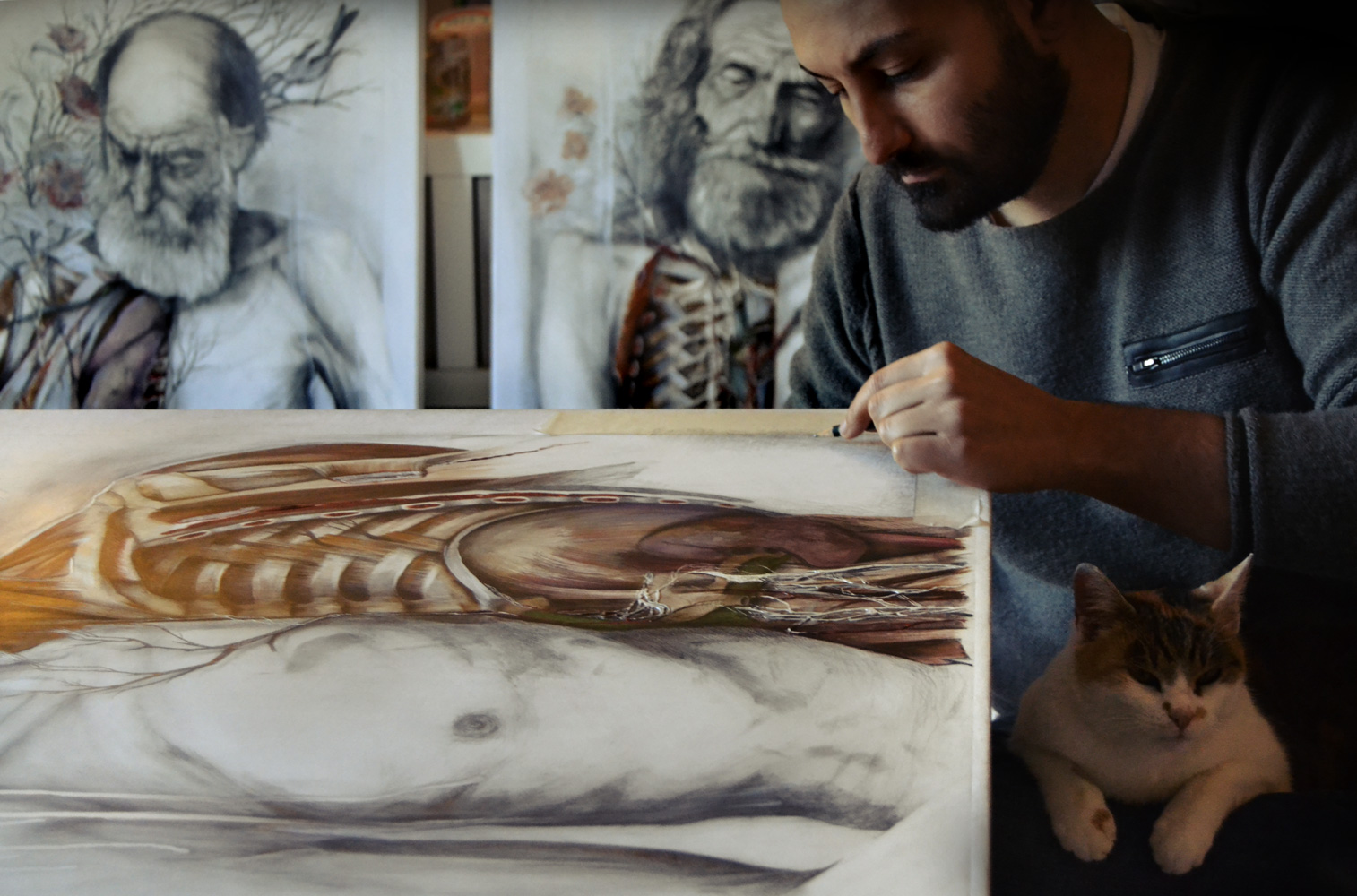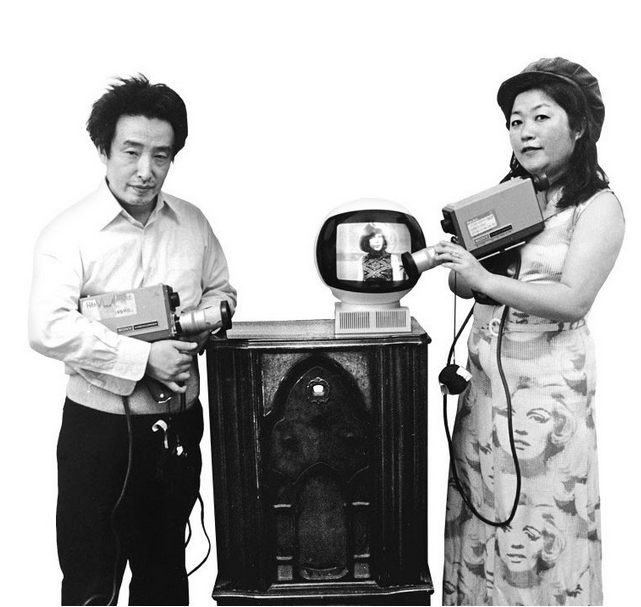
Shigeko Kubota (1937-2015), lived the life of an artist, a pivotal member of the Fluxus movement and early adopter of video technology – she will be remembered for her unique sculptures that encompassed original video work.
“In a video, time flows frame by frame,” Said Kubota in an INTERVIEW. “If I combine it with a still object, the resulting space will be like a museum, like a pantheon. If it is brought to a public space, it can heal people’s minds[…]”
Kubota began her career as a sculptor and teacher in Tokyo, where her work received little attention. During this time she was exchanging letters with George Macuinas, founder of the Fluxus movement, leading her to move to New York. It was here that Kubota’s career blossomed. Along with artists such as Yoko Ono and Nam Paik June, who would eventually become her husband.
Deeply influenced by the work of Duchamp, she traveled to Toronto to record his piece Reunion using an early video recorder. She used this footage, along with material she collected later to create a series of works cumulatively entitled Duchompomania, including a piece in which Kubota created her own interpretation of Nude Descending Staircase, by building a wooden staircase encompassing three video monitors projecting female nudes.
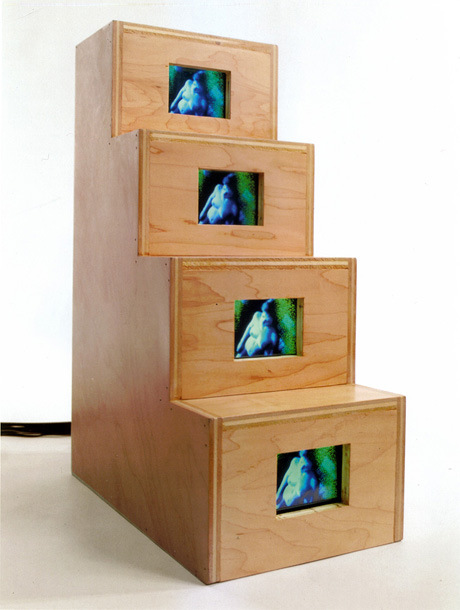
Although some scholars see Kubota’s dialogue with male artists in the western cannon, particularly abstract expressionists such as Jackson Pollock and Yves Klien, as a feminist gesture, Kubota resisted the label.
“People can put me in the feminist category all they want, but I don’t think I can make any real contribution other then my work as an artist” SAID KUBOTA.
Her performance piece Vagina Painting from 1965 is a strong statement about her stance as a woman in the art world, in which she attached a paintbrush to the back of her skirt and dripped red paint while squatting over a large piece of paper. Vagina Painting was a direct response to Yves Klein’s series “Anthropometry” in which he used the bodies of women as “living paintbrushes,” and to the male dominated realm of abstract expressionism more generally. This controversial and absurdist take on abstract expressionism solidified Kubota’s place as queen of Fluxus.
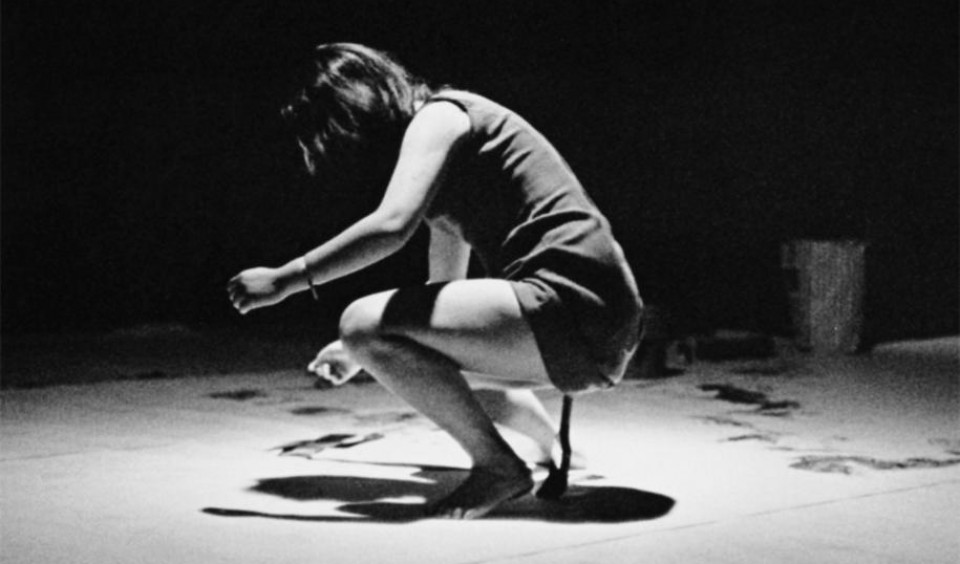
Throughout her career, Kubota’s interests and artistic focus ran the gamut. Through video she explored subject matter ranging from her relationship with Buddhism to her husband’s battle with cancer, but her work maintained the balance between personal and envelope-pushing content. She will be remembered for being at the forefront of technological incorporation into sculpture, as well as her bold and personal approach to art making as facilitated by the medium of video.
